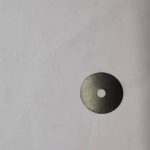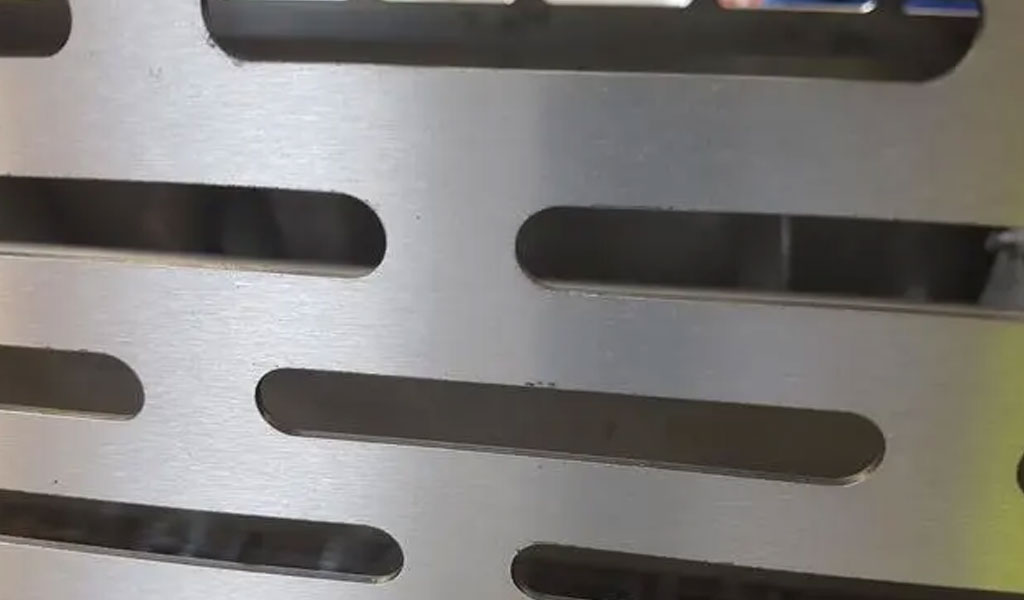Slit sheet etching is a precision manufacturing technology that is widely used in the field of microstructure processing, such as microelectronics, nanotechnology, optical manufacturing and other fields.
The following is the specific process of slit sheet etching:
- Prepare the workpiece: Select the substrate to be etched, which can be silicon wafer, glass, metal or plastic. Design the pattern according to the needs, and use photolithography to transfer the pattern to the workpiece.
- Coating a protective layer: Coat a layer of resist on the surface of the workpiece. This protective layer can prevent damage to the parts that do not need to be processed during the etching process. The resist can be liquid, gas or colloid, depending on the specific needs.
- Exposure: Cover the workpiece coated with a patterned mask on the resist-coated workpiece, and then polymerize the resist under the mask under the irradiation of ultraviolet rays or electron beams.
- Development: Remove the mask from the workpiece, and then use a solvent to wash away the resist that has not polymerized. This process is called development. After this step, only the pattern part of the resist remains.
- Etching: Put the workpiece into the etching machine, and under the action of the etching solution (such as acid, alkali, salt solution, etc.), the part of the workpiece protected by the resist is gradually corroded. This process needs to determine parameters such as time and temperature according to the workpiece material and the type of etching solution.
- Degumming: After the etching is completed, the resist remaining on the surface of the workpiece is removed for the next step. This step is usually completed using organic solvents or heating.
- Inspection and correction: Check the finished workpiece. If there is a need for correction, you can perform etching or photolithography again.
- End: After all inspections and corrections are completed, the slit sheet etching process is over. This process can obtain high-precision microstructures, laying a good foundation for subsequent applications.
Slit sheet etching is a very precise manufacturing technology that requires a high level of technology and strict process control to obtain high-quality products. In actual production, some issues need to be paid attention to, such as the selection and use of resists, the preparation and replacement of etching solutions, and the optimization and control of process parameters. Only by doing every link well can the quality and precision of the final product be guaranteed.
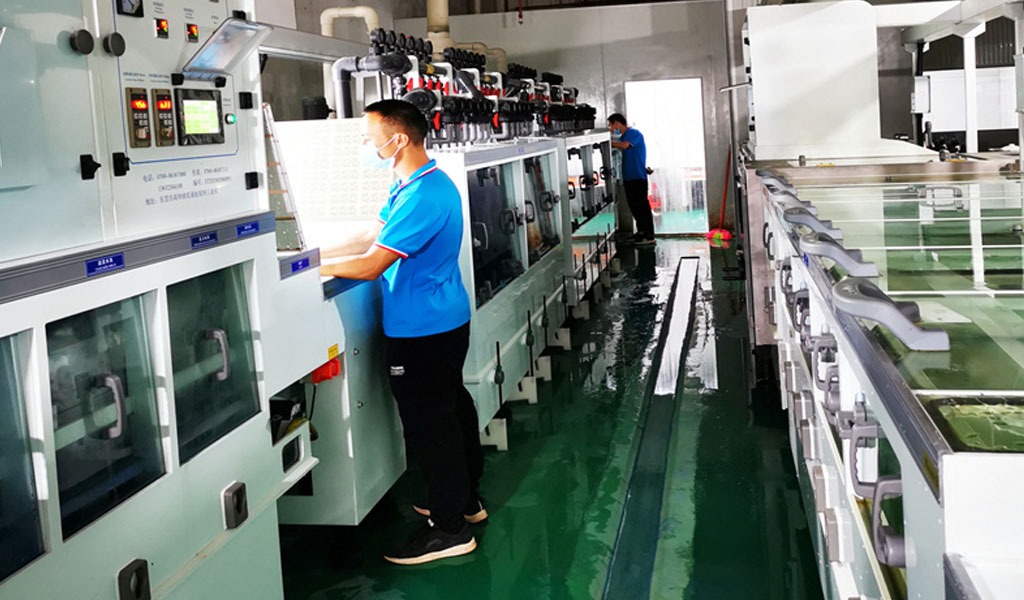
We Can Take Care Of Your Metal Etching Needs.
BE-CU metal etching china company’s strength lies in our investment in chemical etching production line. Chemical etching production line are the foremost innovation to the metal etching industry.
The programmability of Chemical etching production line gives us quick and accurate repeatability. This constant replication allows for better finishes, tighter tolerances and most importantly – faster cycles for metal forming.
By engaging our etching company, you can also get the much-needed support to design your part for any specific purpose. Our team can provide custom design tips, such as ensuring consistent wall thickness and avoiding overly thick sections that can sink.
Are you designing new products for projects companies? We can help! Here at BE-CU Metal Etching China Company, we offer a reasonably priced rapid metal etching service that will allow you to make an amazing prototype that will impress your clients. Get a free project review here so we can get started for your metal etching products!
- Photo Etching for Medical Use

- Photo Etching for Metal Sign
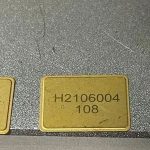
- Photo Etching for Jewelry

- Ferric Chloride Etching Stainless Steel
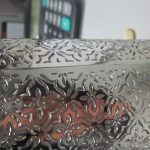
- The Best Acid for Etching Steel

- The Principle And Process Flow Of PCB Etching Machine

- In The Localization Of Wafer Foundry Equipment, Etching Machines Stand Out

- How Important is the Blind Hole Rate of Filter Screens?
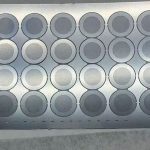
- The whole process of stainless steel sheet etching
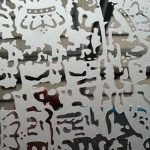
- What is the Role of Aperture Diaphragms in the Field of Optics?
